Meteor Piston - piston gods
Lord of the Pistons - Meteor
On our last one Italy trip we visited Meteor in Milan. Here is our video for the Piston manufacturer our trust:
We are absolutely thrilled with how professionally Meteor deals with pistons. If you thought that the piston was just a cylindrical component and only the piston clearance, the position of the rings and pins, if necessary the window and the length had to match, you may be surprised that every piston has a has the right shape.
Meteor works in the thousandths range by adapting the piston to the shape of the cylinder liner at various positions on the piston skirt. This guarantees high performance with maximum service life.
Due to production reasons, no cylinder in a batch is always the same. This is why there are usually A and B pistons, for example, which are optimally adapted to the cylinder shape. Make sure to choose the same letter (A, B, C) when you choose a new one Replacement piston order for your cylinder.
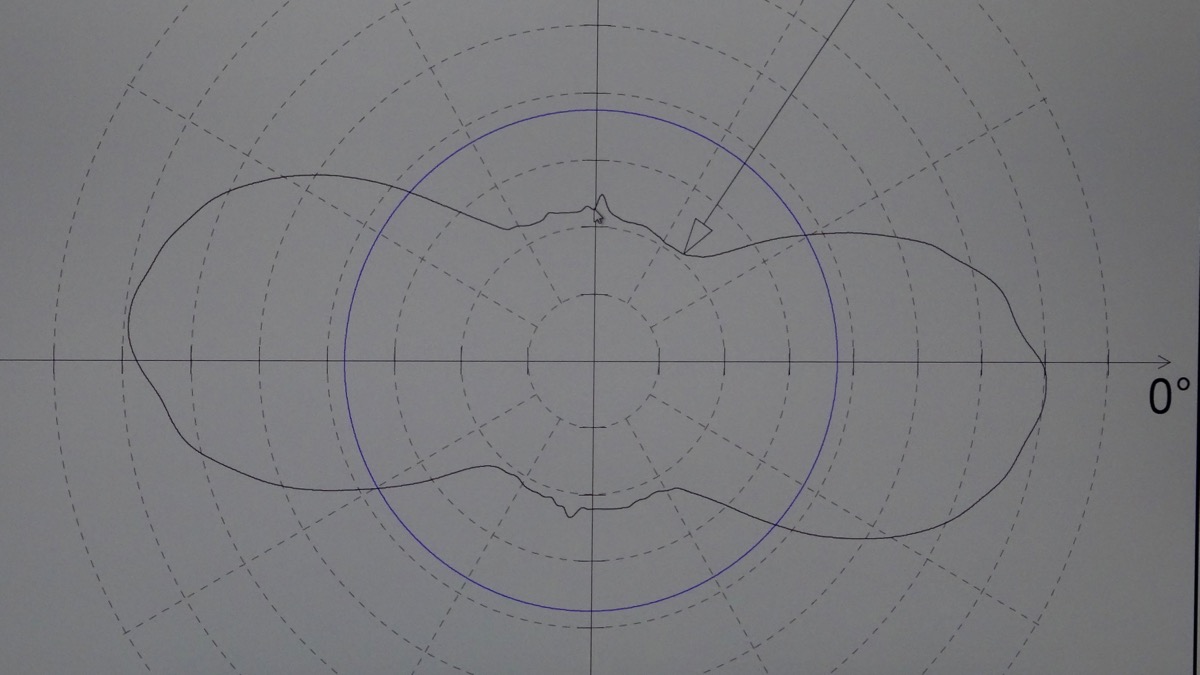
Seen from above, a piston is never completely round; strictly speaking, it is oval:
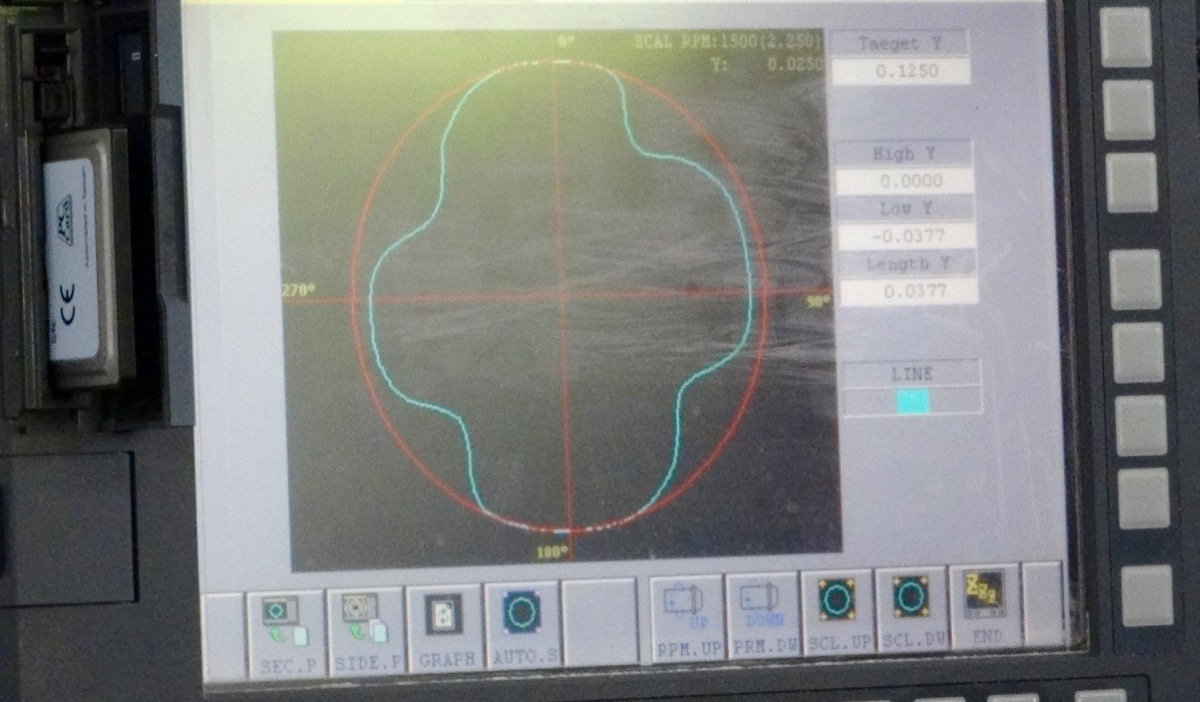
The piston manufacture
During the tour of the Meteor factory, we noticed how much modern high-end technology but also still real manual work now perfect piston is needed.
We have brought you pictures of the process of creating a piston, from development to the blank to finishing from Milan:
Introduced: the piston in your scooter
The Piston is a cylindrical engine component that moves up and down in the cylinder of your scooter (if the cylinders are upright) or to and fro (if the cylinders are lying down).
Task of the piston
The task of the piston is to convert physical pressure into motion in a reciprocating internal combustion engine and thereby drive the machine.
Components of the piston
The piston has the following functional areas:
- an Piston crownwho is in contact with the medium,
- and the Piston skirt: the cylindrical component that fits into the cylinder bore with a little play -> "piston play",
- the material moisture meter shows you the Piston pin with its bearing that connects the piston with the connecting rod.
Nowadays, pistons for engines are mainly made of cast aluminum alloys, whereas in the past they were often made of cast iron.
A characteristic feature of the pistons in Otto engines is their significantly thinner-walled design, which allows the engine to run at higher speeds due to its lower weight. In the area of the 1st piston ring groove, hard anodizing (hard anodizing) can sometimes be used to reduce wear and tear and micro-welds.
The piston crown partially carries flat pockets to accommodate the valves protruding into the combustion chamber.
The piston skirt is used to guide the piston in the cylinder barrel and is coated with a lubricating varnish on most pistons. To save weight, many high-speed four-stroke engines have the piston skirt on the sides (at the piston pin openings) offset inwards (“slipper” piston).
The piston crown
The piston crown has one or more grooves for the piston rings, the uppermost of which are the compression rings and at least one lower one serves as an oil control ring. Most pistons have two compression rings and one oil control ring. So-called 2-ring pistons with only one compression ring are also used for racing engines.
The piston skirt
In the case of two-stroke engines, the piston skirts can also have windows. In addition, most two-stroke pistons have locking pins in the piston ring grooves to prevent the piston ring joints from twisting and jamming in the control windows of the cylinder liner. In old engines up to the 1950s, a nose piston was common in 2-stroke engines to enable the gas exchange or purging process. More modern two-stroke engines, however, usually have a flat piston head, since the purging or the gas exchange takes place as reverse purging with a change of direction in the cylinder.
The piston pin
The power transmission from the piston to the connecting rod takes place via the piston pin. This is stored in a bore in the piston in the inwardly thickened part of the shirt. This bore often has grooves for circlips (“Seegerrings”) at the end in order to limit the lateral displacement of the piston pin.
Meteor video


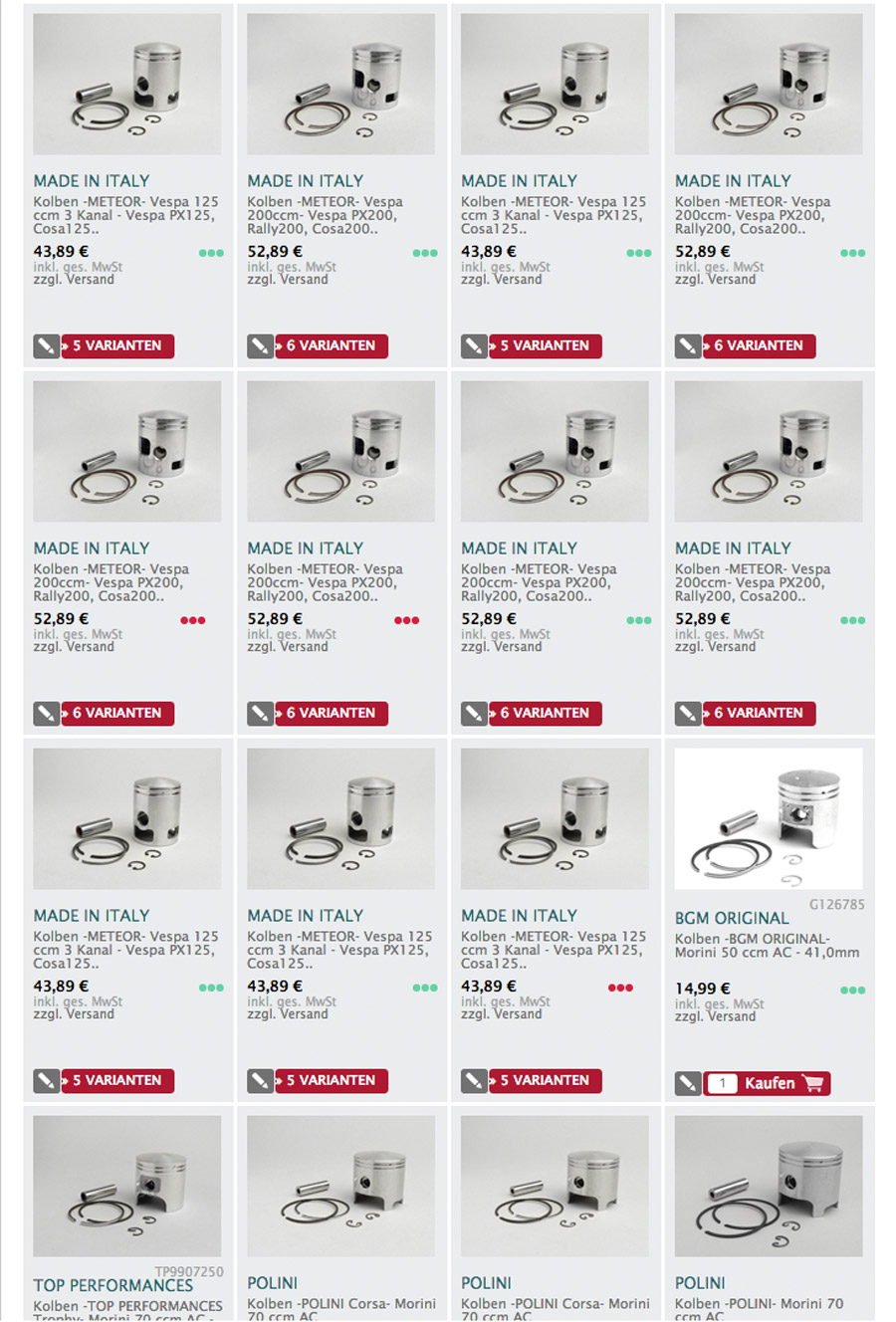
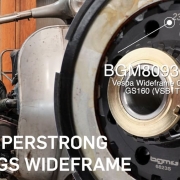
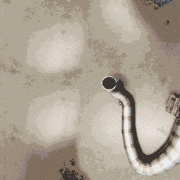
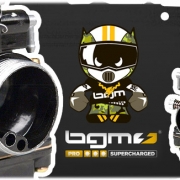

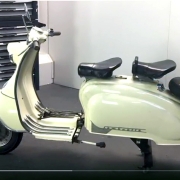
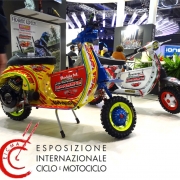
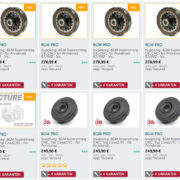
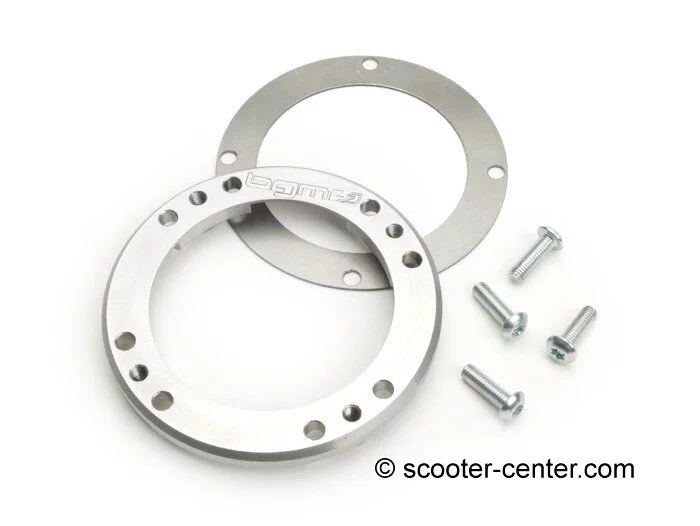


Leave a Reply
Want to join the discussion?Feel free to Contribute!